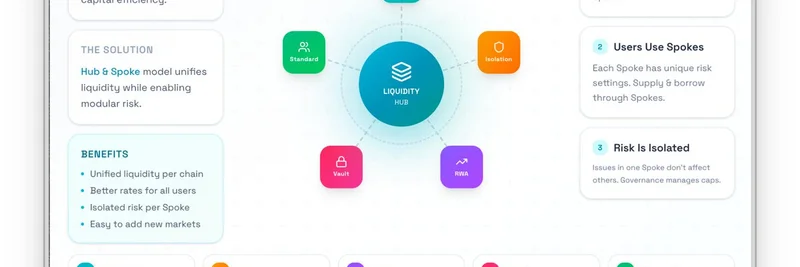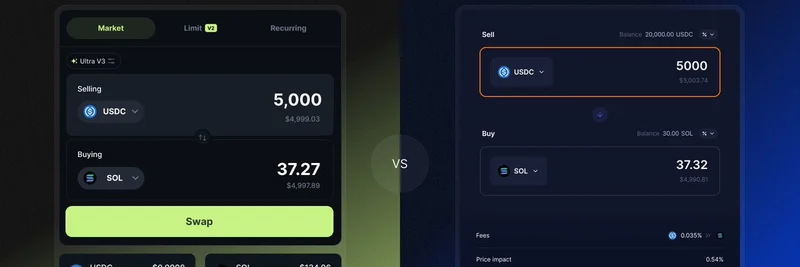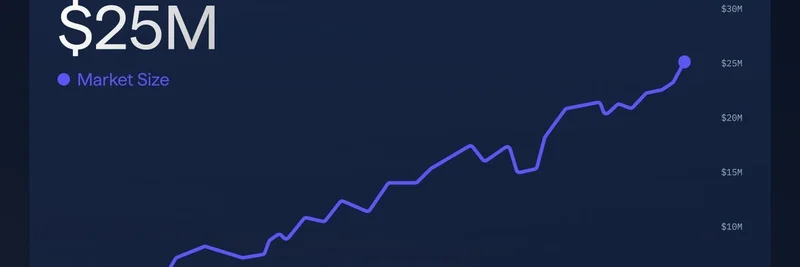Hey there, crypto enthusiasts! If you’ve been keeping an eye on the blockchain world, you might’ve noticed a trend that’s been picking up steam. Robert Leshner, a well-known figure in the crypto space, recently dropped a thought-provoking post on X (@rleshner) that’s got everyone talking. He pointed out something pretty obvious but hard to ignore: from 2020 to 2025, most US-based crypto projects have been outpaced by their offshore rivals. Why? It all boils down to the tough regulatory environment in the US. Let’s dive into this topic and see what’s been happening!
The Regulatory Roadblock
Imagine trying to build a business while constantly dodging a maze of rules—that’s what US crypto projects have been dealing with. Leshner highlighted some big-name examples: Coinbase losing ground to Binance, Circle trailing behind Tether, and Compound being outshone by Aave. The common thread? The US regulatory regime, often led by figures like SEC Chairman Gary Gensler, has made it a challenge for these companies to innovate and grow. Unlike offshore competitors, who operate in less restrictive environments, US projects have to jump through hoops to stay compliant. This has created a playing field that’s anything but level.
For those new to the scene, regulations are like the rulebook for crypto businesses. In the US, these rules are strict because the government wants to prevent fraud and money laundering. But for companies trying to launch new products or services, it can feel like they’re fighting a boss battle on hard mode—shoutout to @o0Sword0o for that perfect analogy!
Offshore Wins the Race
So, who’s winning? Offshore players like Binance and Aave have taken the lead. Binance, with its global reach and lower fees, has become a go-to for traders worldwide, while Binance.US (the US version) is limited by those same regulations. Aave, a decentralized finance (DeFi) platform, has also surged ahead of Compound, offering more flexibility thanks to its offshore base. DeFi, by the way, is a system where financial services like lending and borrowing happen without traditional banks—pretty cool, right?
Users on X, like @Frico1977, have called it shameful that complying with US rules feels like a “huge nerf” (gaming slang for a disadvantage). Meanwhile, @trendsdotfun added more examples like Kalshi vs. Polymarket, showing how regulatory arbitrage—taking advantage of looser rules elsewhere—has become a key strategy in crypto.
What’s Next for US Crypto?
Leshner’s post ends on an optimistic note, wondering what the next five years will bring. With the US losing ground, some are suggesting wild ideas—like @NpappaG joking about moving operations to remote islands with Starlink internet. But seriously, the future might hinge on how regulations evolve. States like Wyoming are already trying to attract crypto businesses with friendly laws, and there’s talk of tokenized securities (digital versions of traditional assets) as a test case.
For those curious about the technical side, check out meme-insider.com for the latest on meme tokens and blockchain tech. We’re all about helping you stay ahead in this fast-moving space!
Why It Matters to You
Whether you’re a blockchain practitioner or just a crypto fan, this shift matters. If US projects keep struggling, innovation might move overseas, affecting where you trade or invest. Plus, with meme tokens and other trends heating up, understanding the regulatory landscape can help you navigate the market smarter. So, what do you think—will the US catch up, or are we headed for a global crypto free-for-all? Drop your thoughts in the comments!



